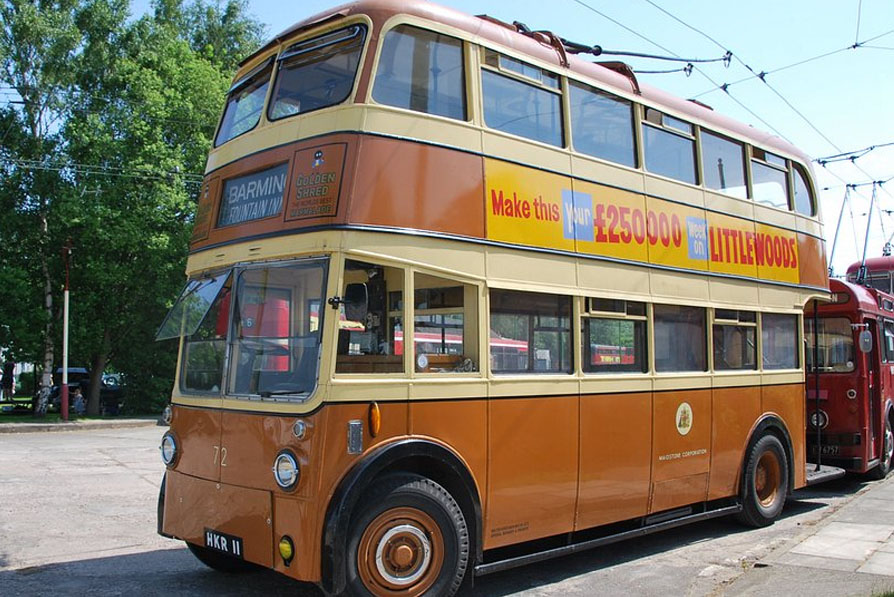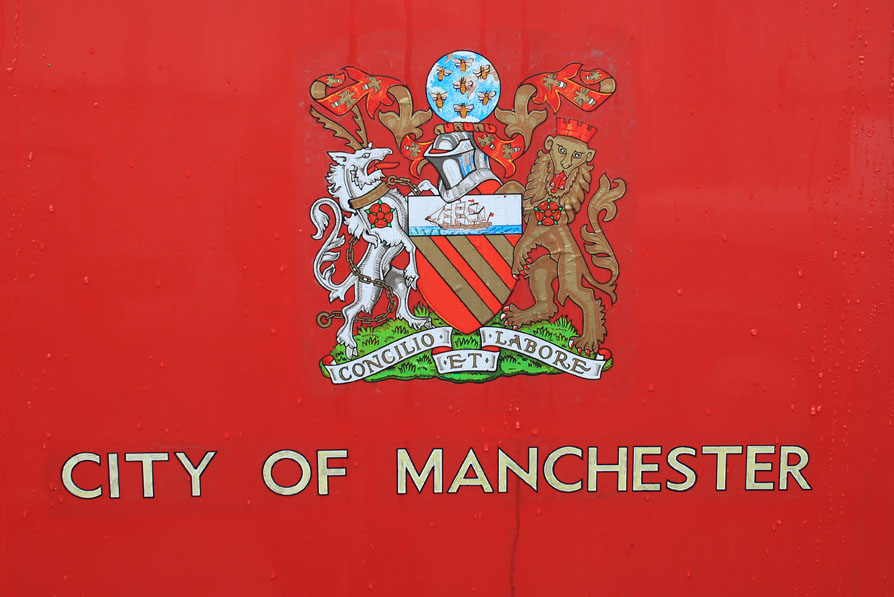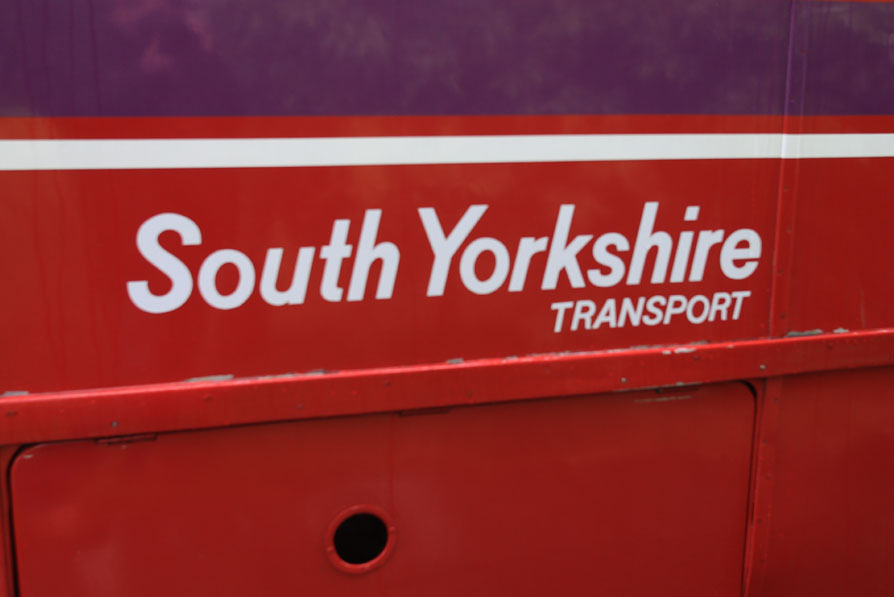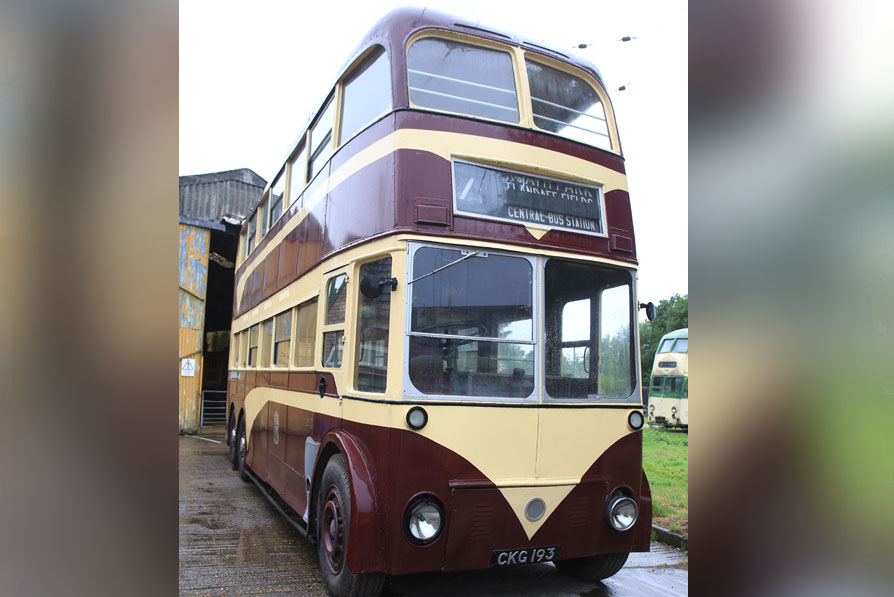Trolleybus System



The Trolleybus transport system is still widely used today, particularly in Europe with very modern infrastructure for mass-transport.
The trolleybus transport system was widely used in England from the late 1800s to the early 1970s and is preserved in the Trolleybus Museum on the doorstep of Doncaster. This forgotten age of English transport was very popular and following the deregulation of bus services that allowed for private bus operators to start running independent services, it’s use declined as services were decommissioned.
Where are trolleybuses used, today?
Trolleybuses are still used today all over the world, but not the United Kingdom.
- Argentina
- Armenia
- Austria
- Belarus
- Belgium
- Bosnia and Herzegovina
- Brazil
- Bulgaria
- Canada
- Chillie
- China
- Croatia
- Czech Republic
- Ecuador
- Estonia
- Ethiopia
- France
- Georgia
- Germany
- Greece
- Hungary
- Iran
- Italy
- Lithuania
- Japan
- Kyrgyzstan
- Kazakhstan
- Latvia
- Mexico
- Moldova
- Mongolia
- Netherlands
- New Zealand
- Norway
- North Korea
- Poland
- Portugal
- Romania
- Russia
- Saudi Arabia
- Serbia
- Slovenia
- Slovakia
- Spain
- Sweden
- Switzerland
- Tajikistan
- Turkey
- Turkmenistan
- Ukraine
- United States
- Uzbekistan
- Venezuela
Trolleybuses are not used in England due to ‘deregulation’ in 1980s
Up until the 1980s bus services were regulated and then came the deregulation of bus services, allowing operators to apply for licenses to run private bus services. Whilst trolleybuses were already replaced, deregulation meant that huge change was happening and the trolleybus service would struggle to ever come back and compete against flexible operators that were not on a trolley system.
Will trolleybuses come back?
Trolley buses were and are popular because they are quiet, fast and clean compared to buses with engines. They are typically cheaper to operate than trams and more flexible in terms of their route and they can carry large numbers of passengers, with ease. Recent battery tech advancements have been given favour to, allowing for battery operated buses instead of trolleybus systems, allowing for flexible routes and no overhead technology.
A rich history at the Trolleybus Museum in Sandtoft
The Trolleybus Museum in Sandtoft, is a national attraction and located less than 5 miles from Hatfield Woodhouse. As a museum it preserves not only the buses but also a showcasing operating network of how trolley buses used to be in their original form. Trolleybuses were exported from the UK for operation in other countries and on visiting the UK, the Sandtoft museum for trolleybuses is often on many peoples destinations to go tom when arriving in the when in the UK because it has preserved so well the operation of these buses that were used in the early development.
The word ‘bus’ is derived from Omnibus
Omnibus in latin simply means for all. The word was shortened to bus, dropping the ‘Omni’, so you will see the words Motorbus and Trolleybus to describe the types of buses used over the period.
Read more about Trolleybuses used in Doncaster on Wikipedia.

The liveries
At the Trolleybus Museum, you can see all the individual liveries used on various trolleybuses, with each bus having coats of arms for its designated area, really taking you back in time, to see how things were. There are buses featured from the Isle of Man, Reading, Bradford, Doncaster and lots of places throughout the UK.

Old signage
There are plenty of example of old signage used on the transport networks, whether that is on the trolleybuses themselves or throughout the site – most notably for South Yorkshire transport.

The colours, advertising
The buses were very colourful, advertising was bold in this era and the signage was very crisp and things were built to last. It really is a spectacle to see these buses in operation from a forgotten time. They’re silent, run on electric and it does make you wonder wonder and reflect on modern progress as these systems were and have been in operation very successfully until the deregulation in the 1980s of buses.

There is even local artifacts, from Doncaster
The museum is closely situated to Doncaster and it a number of the artifacts are from Doncaster. They show local livery, local signs, local places and it is brilliant to see how these have been preserved.
Full Access
- Hop on and ride
- Drive the bus (paid experience)
- Perfect for children
- Perfect for adults, elderly
- A step in to the past
Plenty to see
- A cafe and artifacts
- Old signs and memorabilia
- Buildings of their own time
- Toys of their own time
- Trolleybus history books
Accessibile Services
- There are accessible toilets
- It is very flat and good for wheelchairs
- The No. 82 trolleybus is accessible
- They have a complimentary wheelchair
- Great day out
Visitor Information
The Museum is open at specific dates during holidays and the summer.
Check the website for opening times.
May, June and July are good dates.
View on Trip Advisor (Highly rated)
Post code for SATNav: DN8 5SX


